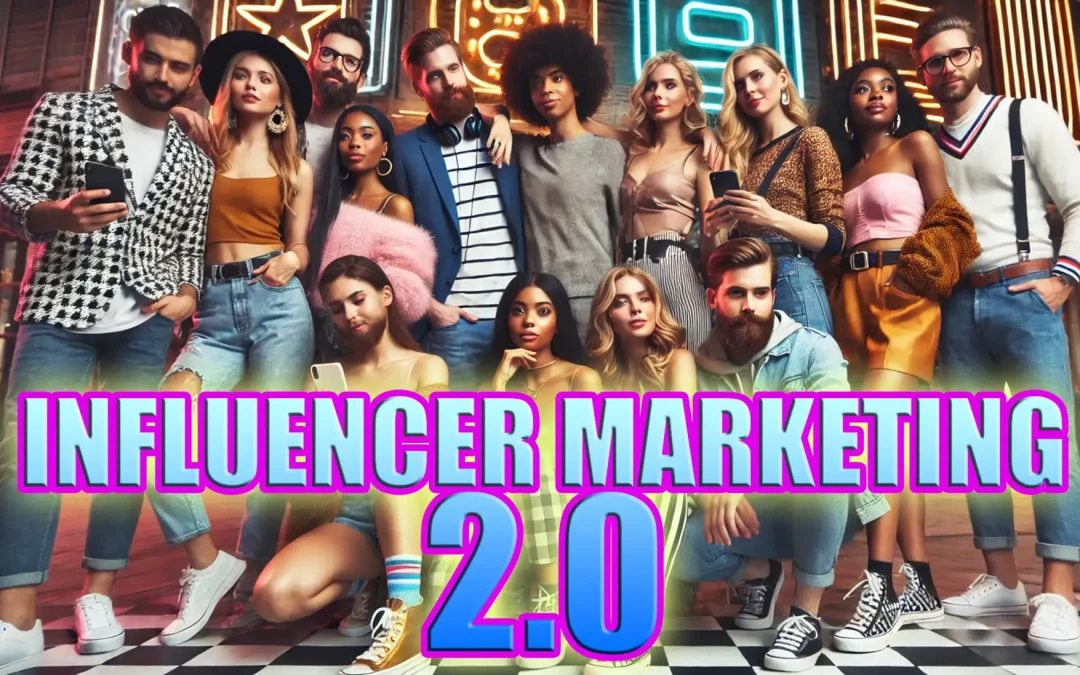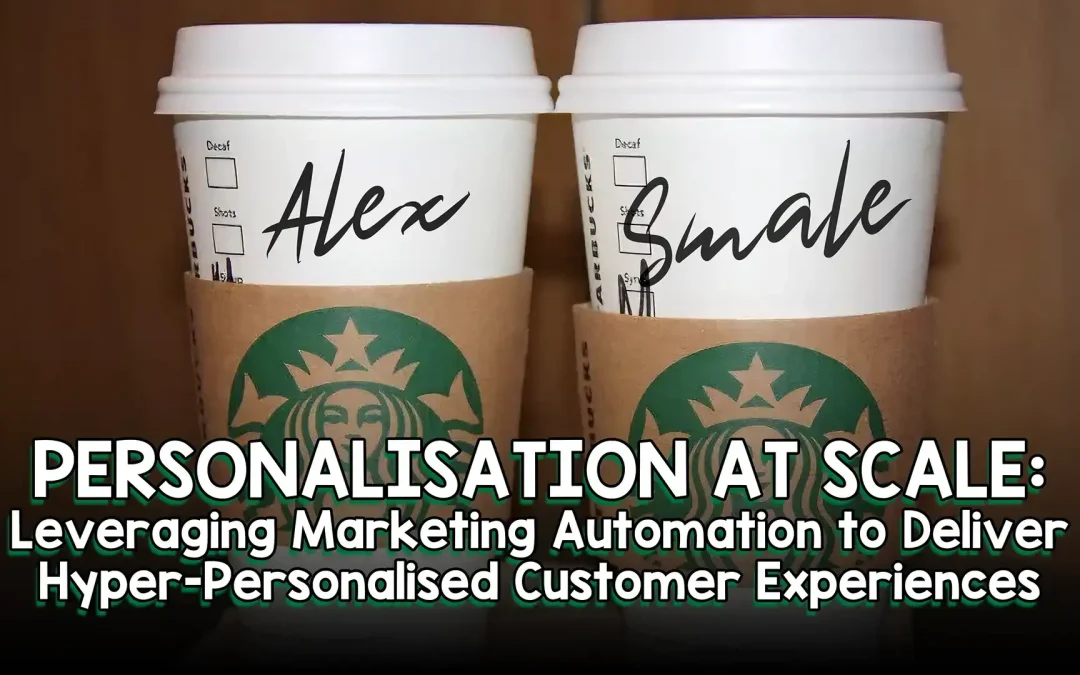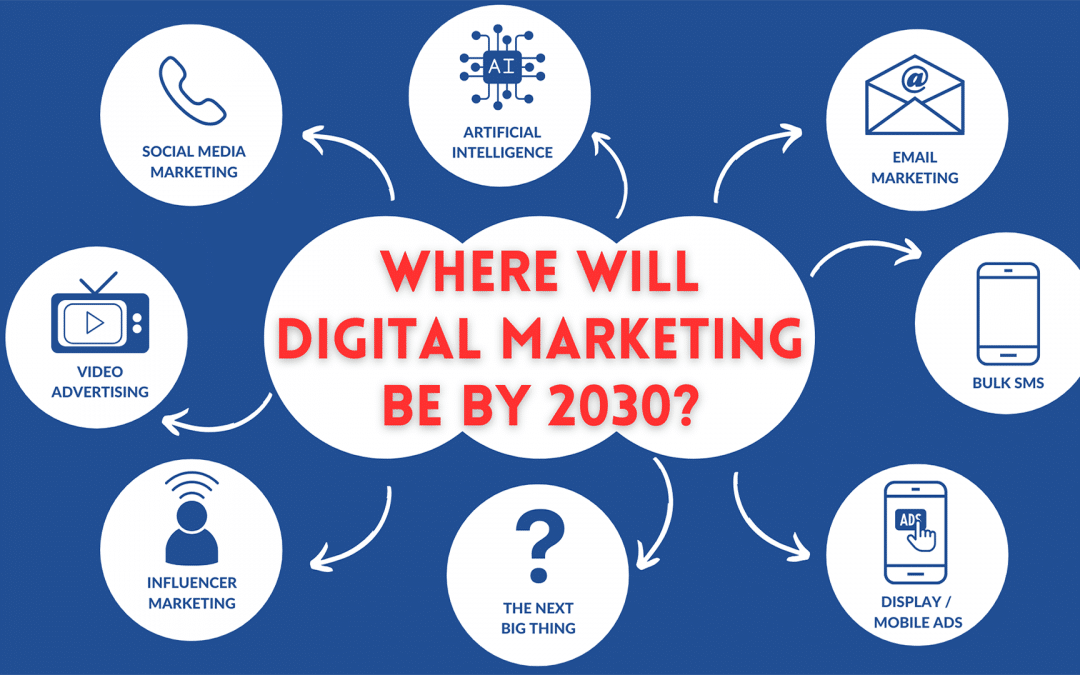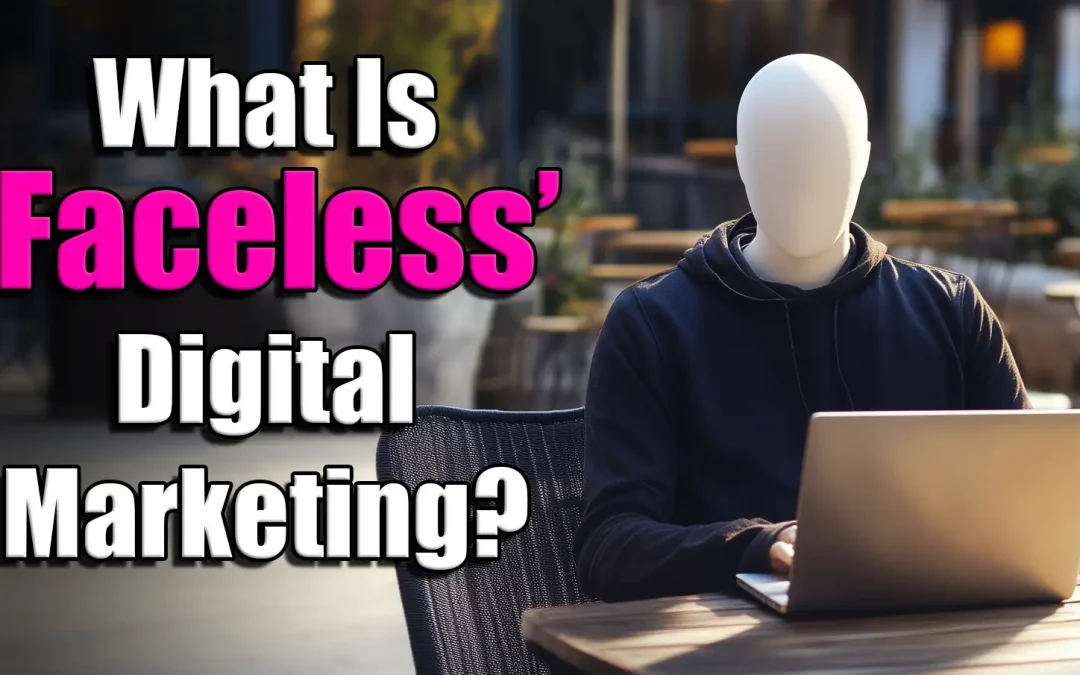
Influencer Marketing 2.0: Building Authentic Partnerships and Measuring ROI in The Age of Micro-Influencers
Digital marketing has increased, and it continues to grow. Among its changes, we’ve also witnessed the arrival of a new era of influencer marketing known as Influencer Marketing 2.0. Brands are now partnering with micro-influencers, cultivating genuine connections with their audience, and much more.
Is influencer marketing the next big thing? Let’s discuss this in detail.
The Role of Micro-Influencers in Influencer Marketing 2.0
When you think of ‘influencer marketing,’ you might picture celebrity collaborations or influencers with millions of followers. On the contrary, most brands prefer to partner with micro-influencers, who have around 1,000 to 10,000 followers. Don’t let the numbers fool you because micro-influencers are what drive the success of Influencer Marketing 2.0.
This recent trend of digital marketing reflects a desire for authenticity and meaningful connections. It’s why micro-influencers who seem relatable and trustworthy to their audience garner more engagement. In fact, their recommendations seem so genuine that 82% of consumers are likely to follow through with them.
Building Authentic Partnerships
In Influencer-Marketing 2.0, it’s important to build long-term authentic partnerships with these influencers. Brands might prefer one-off collaborations for immediate recommendation and results, but they almost never have a sustained impact.
Instead, treating influencers like business partners can leave a lasting impression on an audience. It signals a trusted relationship between the brand and their favorite influencer while also making the recommendation seem more genuine.
Other benefits of having a long-term partnership with a micro-influencer include:
- Higher Audience Trust: Micro-influencers often have a loyal following that trusts their opinions. If the influencer were to constantly recommend and represent the brand, it would garner trust in the brand as well.
- Better Engagement Rates: Since mico-influencers are closer to their audience, they attract more engagement. A long-term partnership can direct steady engagement toward your brand and even encourage discussions about it.
- Build Brand Loyalty: As you can imagine, consistent positive exposure to a brand builds loyalty. Audiences eventually begin to trust your brand and choose it over competitors.
- Create Authentic Content: Again, authenticity is a huge factor in Influencer Marketing 2.0. A continuous partnership allows influencers to integrate with your brand and create content that’s relatable, natural, and authentic.
Measuring ROI in Influencer Marketing
Still questioning the effectiveness of Influencer Marketing 2.0? If you ever engage in this form of digital marketing, there are ways to measure your Return On Investment (ROI). Some of them include:
-
- Affiliate Links: This involves creating a unique link influencers can use on their social media bios, posts, and stories. Then, you can track the clicks, traffic, and sales gathered from their accounts.
- Brand Engagement: Monitor the engagement rate each influencer can generate for your brand. You can create a hashtag for the influencer to use and see how popular it gets.
- Unique Discount Codes: You can assign influencers discount codes and then track the sales they generate. This method also gives insight into each influencer’s performance.
Conclusion
Influencer Marketing 2.0 is all about engaging audiences with authentic and genuine content. Fortunately, micro-influencers can help create this kind of content to build trust and brand loyalty from their audience.
If you’re still struggling with digital marketing strategies, feel free to consult me, Alex Smale. My years of knowledge and experience in digital marketing can help expand your brand’s reach.
Feel free to contact me, and I’ll be happy to hear your voice.





